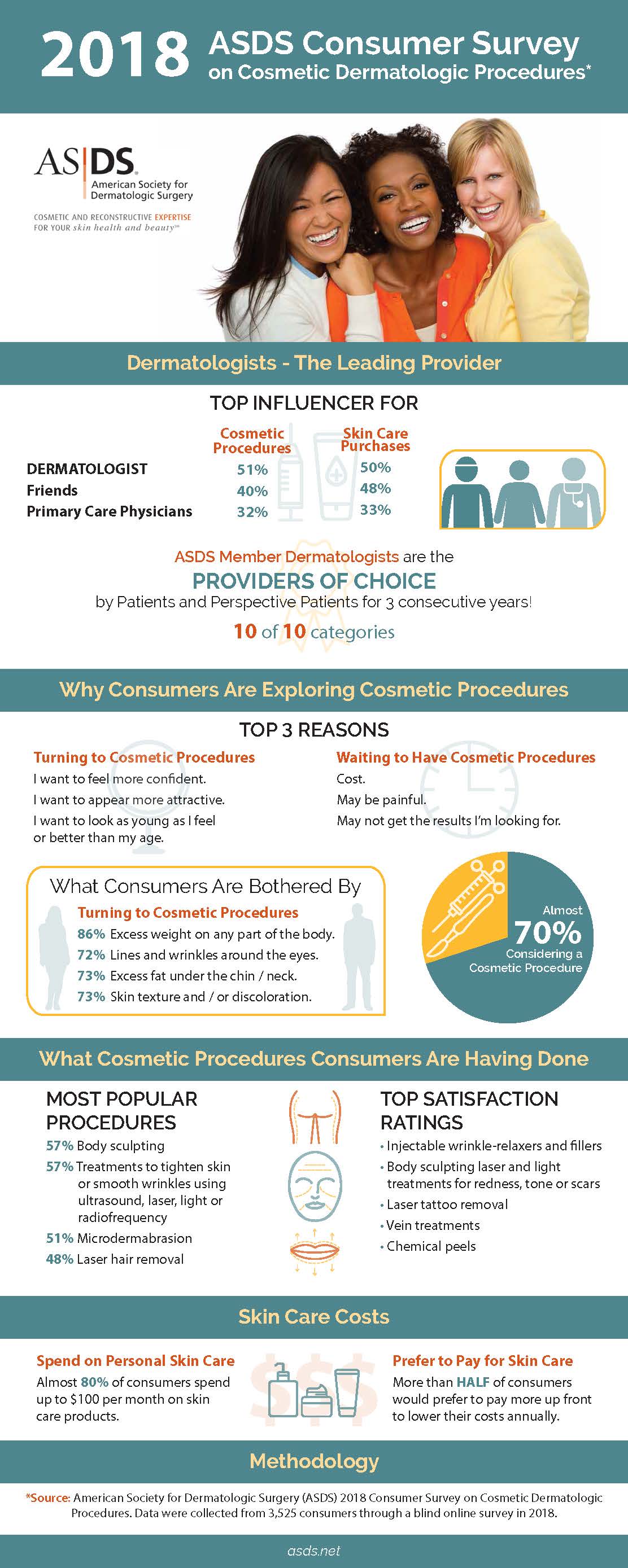Does Salicylic Acid Unclog Pores
Does Salicylic Acid Unclog Pores
Blog Article
Acne Therapy - What Are AHAs in Acne Therapy?
AHAs are a crucial component for unclogging pore obstructions and brightening acne-prone skin. They function by breaking down dead skin cell accumulation to advertise newer, fresher cells, and protecting against future blockages.
Creating topical AHAs demands careful interest to various key variables that dramatically influence their efficiency and tolerability. Keeping the ideal pH variety, along with lorry option and concentration, amplifies their exfoliative features while alleviating potential adverse responses.
Glycolic acid
Glycolic acid is known for its light yet efficient exfoliating homes, which promote skin's all-natural losing and loosen the "glue" that holds dead cells on the surface of the skin. This assists unclog pores and decrease the look of fine lines and wrinkles, along with boost general skin texture and tone.
Surprisingly, topical glycolic acid has actually also been revealed to promote the production of collagen, which is critical in keeping skin's firmness and elasticity. It is very important to note, however, that due to the fact that glycolic acid can stimulate the skin's sensitivity to sunshine, it is important to wear sun block when utilizing any type of products having this ingredient.
Skin doctors pay cautious interest to the formulation of items containing AHAs in order to maximize their effectiveness and tolerability. Formulating AHAs with the proper car, in addition to pH and concentration considerations, enables ideal skin infiltration while lessening potential negative reactions. This is specifically important for clients with delicate skin, because AHAs are known to be slightly irritating.
Lactic acid
Lactic acid is discovered in many non-prescription skin care items and some stronger specialist peels and treatments. It has the most affordable molecular weight of all the AHAs and is able to permeate deeper right into the skin, where it is much more reliable at unclogging pores and exfoliating.
Like glycolic acid, it additionally stimulates collagen synthesis, which assists diminish fine lines and creases and improve skin appearance. In addition, it has moisture-retention homes, that makes it better for drier skin kinds than other AHAs.
The considerable body of medical information substantiating the effectiveness of topical AHAs sustains their utility in a variety of dermatological ailments and visual issues. These consist of intricate skin rejuvenation treatments, depletion of fine lines and creases, lightening of hyperpigmentation, healing intervention for actinic keratosis, and acne administration [2] Optimizing the formulation of AHAs by stabilizing pH, focus, and vehicle choice better enhances their restorative capacity. These mindful considerations allow skin doctors to supply safe and efficient therapies that give exceptional scientific outcomes.
Mandelic acid
Mandelic acid, derived from almonds, is one more participant of the AHA family members and is a popular component in items that aid treat acne. Its bigger molecular dimension suggests it penetrates the skin much more slowly and carefully, which can lower the possibility for irritation. It's likewise much less most likely to trigger inflammation and various other skin sensitivity issues, making it appropriate for delicate skin kinds.
Mandelic Acid is believed to help reduce inflammation and boost hydration. It works by loosening up the bonds in between dead skin cells, permitting them to lose and disclose fresher-looking skin. It additionally helps in reducing the appearance of enlarged pores.
Formulating topical products with AHAs needs a specific equilibrium of key elements that substantially affect their effectiveness and tolerability. In particular, the pH of an AHA formulation has been shown to play an essential duty in its capacity to advertise peeling and enhance skin tone and texture. Achieving this optimal concentration is a challenging goal and needs careful interest to the different aspects that affect the solution procedure.
Citric acid
Citric acid, located in citrus fruits such as oranges and lemons, is a mild AHA. It's less irritating than glycolic or lactic acid, making it more suitable for sensitive skin. It additionally has astringent properties, aiding to dry excess oil.
Like various other AHAs, citric acid can be made use of in chemical peels and day-to-day active/maintenance therapies to scrub the skin and advertise cell turnover. It can help reduce the appearance of dark spots and hyperpigmentation, along with fine facial lines.
It can also increase the synthesis of glycosaminoglycans, which play an important duty in reinforcing the skin obstacle feature. This aids to avoid trans-epidermal water loss, and keep ideal hydration degrees in the skin [35]
AHAs can be integrated with relaxing ingredients such as ceramides or hyaluronic acid to improve their tolerability. They can be integrated into daily active/maintenance skin care with cream or serum formulations. This permits experts to customize their AHA treatments based on patient masseter botox before and after demands and choices, with the versatility of choosing from various therapy intensities or concentrations.